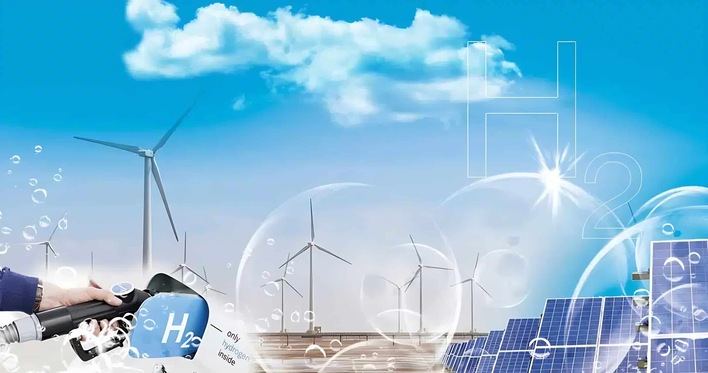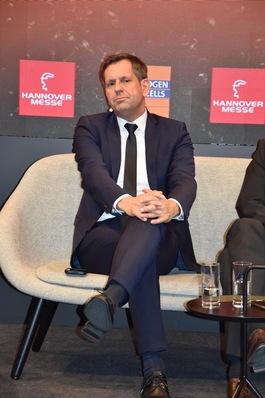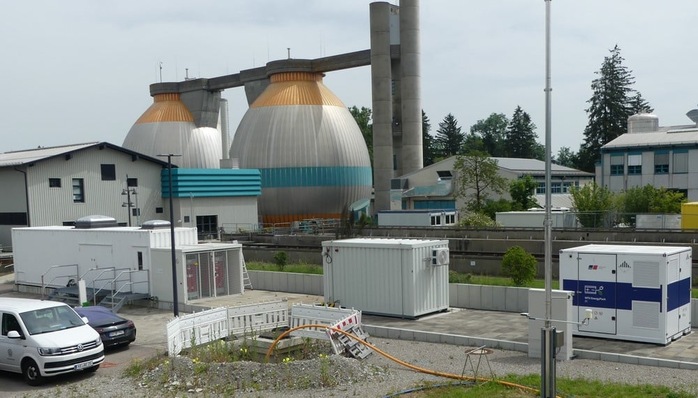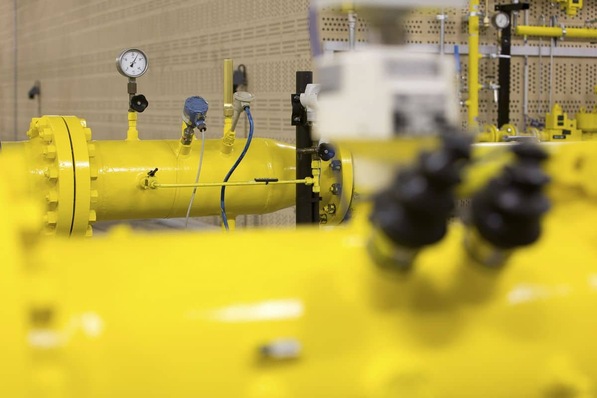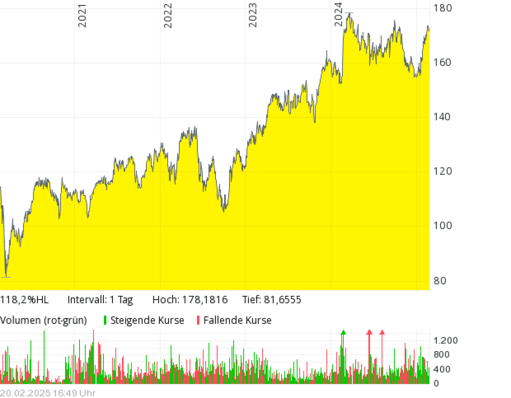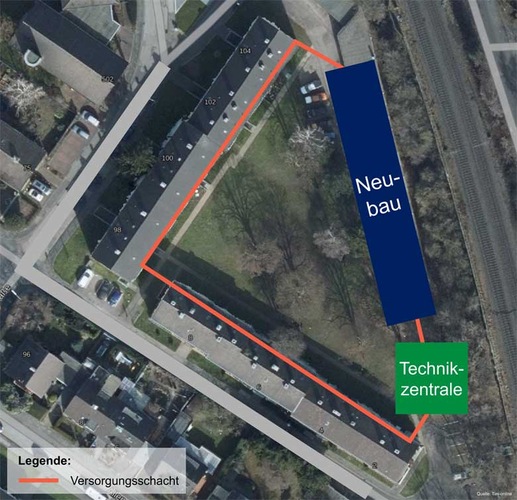
As Lennart Lohaus has found out, a climate-neutral energy supply is already feasible today through an optimal interplay between regenerative energy carriers, energy converters and storage systems. His market research yielded the result that there are already numerous products suitable for stationary hydrogen applications available.
First, photovoltaic systems and heat pumps as well as energy storage systems are in principle required. While batteries are suitable for short-term storage, large amounts of energy can be stored over long periods in the form of hydrogen.
To the frequent argument that the use of electrolyzers and fuel cells is inefficient, he had an answer. However, it relies on the waste heat generated by the hydrogen components, which is sufficiently high in temperature for the building sector and other sectors, being used.
Centralized energy supply of the district
Lohaus first studied electrical engineering for his bachelor degree, then got a master degree in energy management at Hochschule Osnabrück. In an interview with H2-international, he made clear how important being energy-efficient and sustainable are to him. For this reason, he also went through further training to become an energy consultant and explicitly chose “Design of regenerative supply solutions with hydrogen as energy carrier” (original “Auslegung von regenerativen Versorgungslösungen mit dem Energieträger Wasserstoff”) as the topic of his master thesis.
Author: Sven Geitmann



